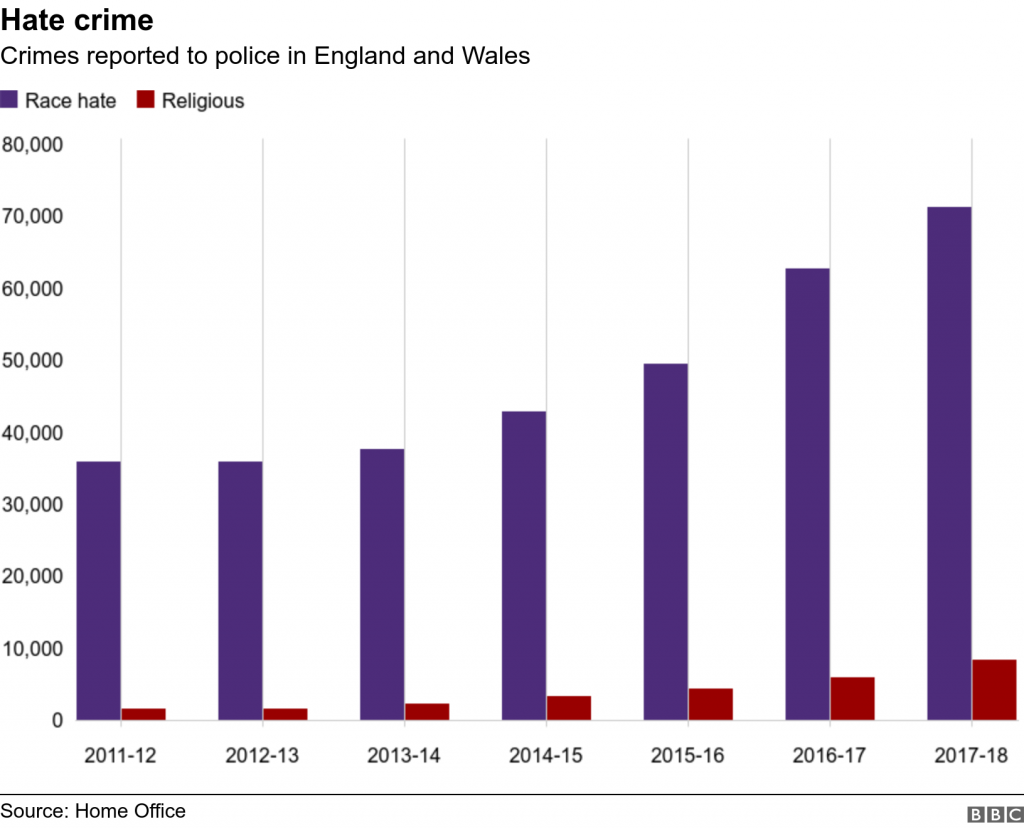
William Lyon Mackenzie and Louis-Joseph Papineau sought American support in their Rebellions of 1837. Looked with increasing favour upon American democracy. In the 1820s and 1830s Upper and Lower Canadians opposed to their governments In the east, commissioners appointed under the Treaty of Ghent sorted out boundary problems, except in northern Maine. The Convention of 1818 provided for continuation of the boundary from Lake of the Woods to the Rocky Mountains. The Rush-Bagot Agreement ofġ817 limited the presence of armed vessels on the Great Lakes. The War of 1812 was fought defensively by the British and half-heartedly by the Americans.īoth sides welcomed the Treaty of Ghent, which brought some settlement of outstanding problems between British North America and the United States. Conflict seemed inevitable, and the Napoleonic Wars Some American revolutionaries thought the revolution incomplete while Britain retained a North American presence. Many brought with them a deep distrust of the United States and its political system. (courtesy John Ross Robertson Coll, Metropolitan Toronto Library) Revolutionary FalloutĬanada's nationhood was in many ways a by-product of the American Revolution, when the victory of the Thirteen Colonies led to the exodus of Loyalist Americansīritish North America ( see also Black Loyalists in British North America).
#CANADA AND BRITAIN RELATIONSHIP TIMELIME FULL#
Full autonomy gave the government the independence it needed to build a legislative foundation upon which Canada still stands today.One wave of Loyalists came up the St Lawrence River in 1783 to Lake Ontario, where their encampment grew into the town of Kingston. The Statute granted Canada independence from British regulations and the freedom to pass, amend, and repeal laws within an autonomous legal system. It may not be as widely acknowledged as Confederation in its contribution to Canada’s independence, however the Statute of Westminster is arguably a more momentous occasion in Canada’s journey to sovereignty. The governments of each Dominion now held the power to build their own legislation without British interference. In addition, laws passed by the British government would no longer extend to the Dominions unless the Dominion wished to adopt it.
#CANADA AND BRITAIN RELATIONSHIP TIMELIME FREE#
Dominions were also free to amend and repeal their own laws, including ones already in existence. Under the Statute, nations were granted the freedom to pass their own laws without the consent of British Parliament, and Britain was no longer able to void or alter laws made in its Dominions. Britain and its now autonomous Dominions became known as the British Commonwealth of Nations. The act proclaimed that although the Dominions were to remain in allegiance with the Crown, each would be granted full legal autonomy. This remained in effect until the Constitution Act was passed in 1982.įour years after Lord Balfour first suggested independence for the Dominions, negotiations were complete and the Statute of Westminster was signed on December 11, 1931. Government ministers were unable to agree upon a method which could be used to amend the Constitution, so it was decided that Britain would temporarily retain the power to do so. All but one of the Dominions chose to adopt every resolution and thus sever all legal ties to Britain Canada was not fully prepared for complete independence. It was made clear under the Statute that each of the Dominions would have the right to choose which of the new resolutions it would accept, and which would be rejected in favour of past regulations. In 1930, the issues were revisited and governments submitted terms of the future Statute to their Parliaments. After two months of negotiations, recommendations were made that would set the resolutions made at the 1926 Imperial Conference in motion. In 1929, Skelton attended the Conference on the Operation of Dominion Legislation in London. Skelton, were determined to achieve autonomy for Canada. Prime Minister Mackenzie King and the head of the Department of External Affairs, O.D. These nations included the Dominion of Canada, the colony of Newfoundland, the Commonwealth of Australia, the Dominion of New Zealand, the Union of South Africa, and the Irish Free State. This would establish equality amongst Britain and the Dominions. Lord Balfour, Britain’s Foreign Minister, suggested that all Dominions be granted full autonomy in their legislations.

The Statute of Westminster finds its origins at the Imperial Conference of 1926.

Canada's History Youth Committee MembersĪitken Ltd.



 0 kommentar(er)
0 kommentar(er)
